Who Was the First Blues Singer?
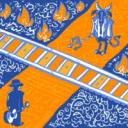
How far back does the blues go?
Tracing back the path to find our who the first blues singer really was, it turns out to be a journey with lots of unexpected twists and turns. This will be a brief exploration of who the first blues singer was, given the rough records that are left. It’s a journey that stretches to the turn of the century; peering further back than the year 1900, that’s a real threshold where any leads get cold.
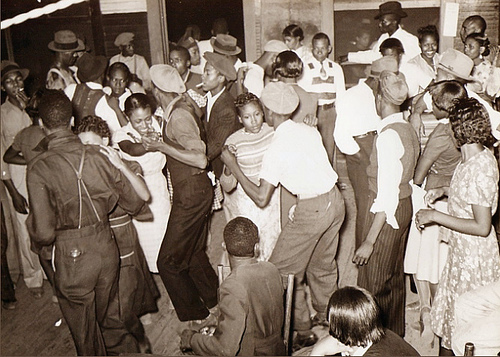
But, from 1900 and beyond — up to about the 1930s where information is more understandable — it’s remarkably clear.
The story begins with anecdotes from people who you’d already think were as far back in time as you could imagine. Anecdotes from the likes of Ma Rainey and W.C. Handy, recalling their first encounters with blues. The path curves towards the vaudeville trend after 1914, when popular touring acts began to include songs with “something-something-blues” in their name, borrowing from the latest trend — the first compositions of blues songs which were written between 1908 and 1912.
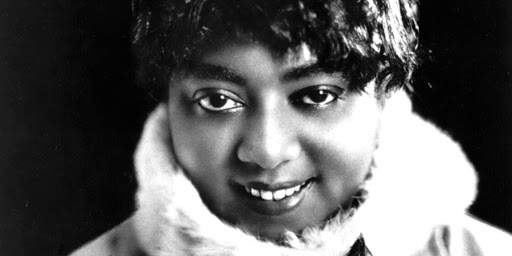
Past those archaic initial recordings, often made by more commercially-bettable, Caucasian vaudeville performers, into the 1920s as recording technology became widespread, names which we come to recognize now, such as Ma Rainey, Bessie Smith, and Sylvester Weaver, made their mark on wax. The rest is history — steadily, all the patriarchs and matriarchs of the music recorded by the time the late 1920s and 1930s rolled around; people like Charley Patton, Son House, and Blind Willie Johnson.
Is there even a first blues singer?
To answer the first question at hand, who was the first blues singer? You can say nobody. This has been said before on other blog posts here, but the growth of music is like the growth of a redwood tree. Each artist is one branch, off of which new branches — new artists — grow. Those initial artists grew off of artists before even them.
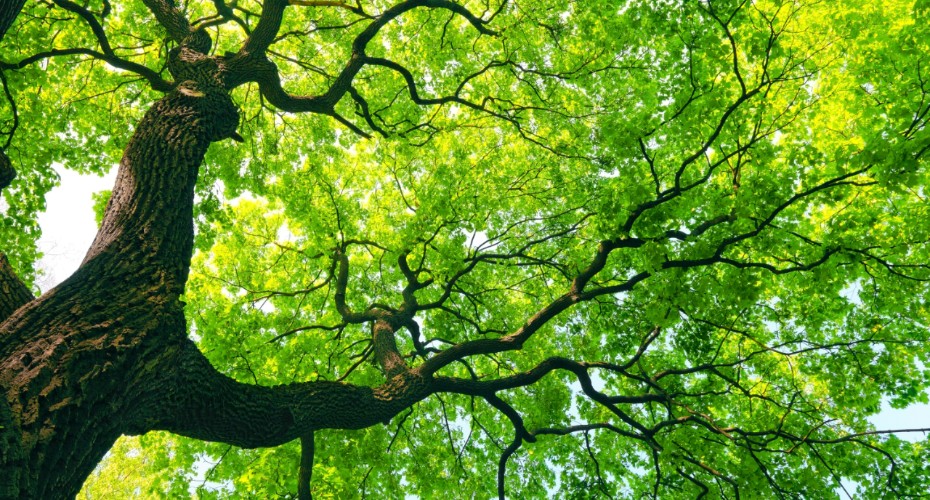
And so, over time, it’s an immeasurable structure of branches upon branches upon branches upon… etc. So, using a second analogy, did the egg come first or the chicken? Neither. Both arose simultaneously — as prior creatures which over time morphed more and more into what today we call a chicken. Such is the case with the first blues singer. There was no first blues singer, as we understand blues today. Instead, that evolution occurred over decades throughout the 1800s and prior to that to the beginning of man (and even before that). As a snapshot, yes, probably after the 1850s, with the forces of African-American folk musics, something characteristic like the blues likely began to take shape, but there was no single impetus from zero. This isn’t meant to have any religious implications either, simply it’s just an observation of how these natural developments flow, like a river branching off into smaller rivers, and miniature streams branching from those.
The earliest anecdotes of blues singers
To capture those snapshots of the first-forming of what today we recognize as blues, two anecdotes come from Ma Rainey and W.C. Handy.
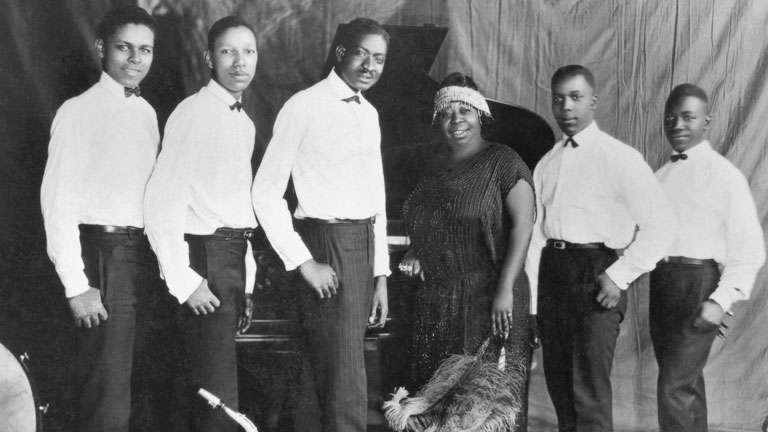
Touring Clarksdale in 1902, as part of a minstrel show, Ma Rainey was resting, in preparation of performance. Suddenly, a woman came into her tent, singing about a man who’d left her. Struck by the melody of her song, Ma Rainey asked her what that piece of music was. The woman replied, “the blues.” She’d remember this as her first encounter with the blues, and of course would be one of its earliest recorded pioneers during her first sessions in 1923.
A second anecdote comes from W.C. Handy. Waiting for a train, Handy was at a station in Tutwiler, Mississippi. Seated nearby, a young man, dressed in rags, sang a song “Goin’ Where the Southern Crosses the Yellow Dog.” The man used a knife blade, a slide, as he accompanied himself on a worn-down guitar. The song’s repeated form consisted of 3 stanzas, comprising of 12 bars, which Handy wouldn’t forget. This was in 1903.

Thus these initial individuals, Ma Rainey’s encounter with the singing woman and W.C. Handy’s encounter with this singing man, were faceless people who simply were part of a greater development of music. So, it could be said that either it’s firmly unknown who the first blues singer was, or better yet that there was no first blues singer.
Who first wrote the blues down?
There more certainly was, however, a first time when blues was recorded. Interestingly, though many say Handy was the first notater of a song which hinted at the blues, he was not. I Got the Blues, a ragtime blues, was written in sheet music form by Anthony Maggio and published in 1908. Four years later, Hart Wand published Dallas Blues in March 1912. Then, in August 1912, Baby F. Seals wrote Baby Seals Blues. Finally, in September of 1912, W.C. Handy wrote and published Memphis Blues. Thus, these events of notating the blues all took course from 1908 to 1912.
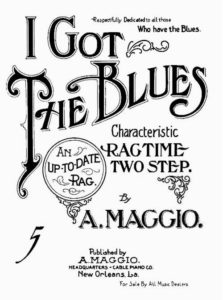
Of these first four writers of the blues, W.C. Handy is no doubt the most remembered in music history. Actually, this song, Memphis Blues, which he published in 1912 was actually an adaptation of an earlier project of his. A Memphis mayer named Mr. Crump wanted Handy, who he knew was the leader of a popular minstrel band, to write him a song. Handy agreed, and called his composition Mr. Crump Blues. Not only did Mr. Crump get elected, but Handy’s band played it on the streets of Main & Madison to roaring fanfare. In fact, Crump loved it so much that unless local bands couldn’t play Mr. Crump Blues, they often couldn’t get the city’s good jobs. Later, Handy renamed Mr. Crump Blues to Memphis Blues.

Now reaching towards he the first recorders of the blues were, this continues with Memphis Blues. Actually, the first three recordings of the blues were of Handy’s Memphis Blues. The Victor Military Band recorded it in December 1914, another band called Prince recorded it also in December 1914, and Morton Harvey, a vaudeville singer, added lyrics to Memphis Blues and recorded it; the first instance of a vocal blues recording.
The first recordings of the blues in the 1910s
At this time, popular vaudeville singers of the time more consistently would record these types of “blues” songs. Nora Bayes recorded Homesickness Blues, and Marion Harris recorded Paradise Blues, both in 1916. Marie Cahill recorded Dallas Blues, and the Original Dixeland Jass Band (famous for being the first recorded jazz group) recorded a song called Livery Stable Blues as part of that famous session in 1917.
So if the 1900s are recalled as the first memories of blues from the likes of Ma Rainey and W.C. Handy, as well as being the time when the blues was first written on paper by people like Hart Wand, then the 1910s were when the pioneers of recording technology began to fix blues songs onto the wax of records. This continued into the 1920s as well.
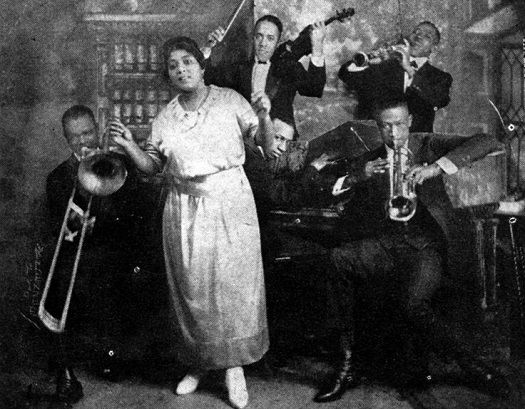
A landmark moment occurred in 1920, when Mamie Smith’s Crazy Blues sold a million copies. Although again more of a vaudeville singer than a “blues” singer, she helped to pave the way for the likes of Bessie Smith and Ma Rainey, as producers saw how commercially viable African-American songs could be. She was actually quite lucky, Smith was a last-minute replacement for stage-performer Sophie Tucker’s recording session, but Tucker fell ill at the last moment. Fortunately enough for Mamie Smith, she went on to record 60 sides with the Okeh label, which cemented her career as a singer.
The names recognized today as blues artists
Into the 1920s, it becomes a one-by-one timeline as artists who we recognize today finally had their chance to record in the studio. Sylvester “Curley” Weaver, backing up Sara Martin in November 1923 with his guitar, was given the chance to record his own songs — Guitar Blues and Guitar Rag. This is perhaps the first chance an actual blues artist, rather than just a vaudeville performer, had a recording opportunity. Soon after, Papa Charlie Jackson and Daddy Stovepipe also had their first cracks at recordings in 1923.
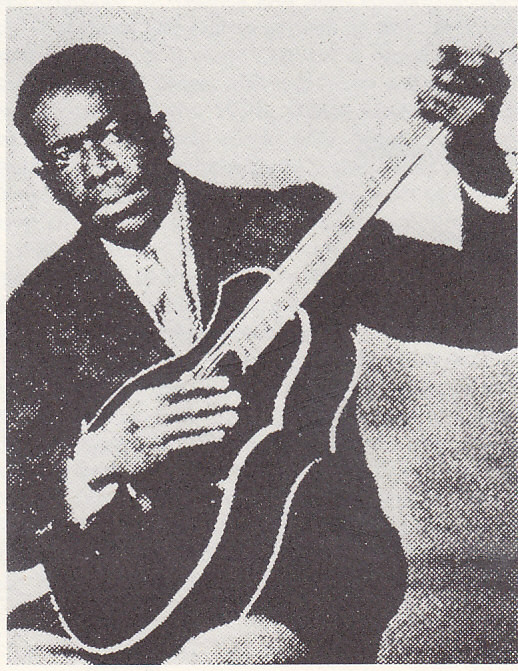
Quite significantly, 1923 was also when both Ma Rainey and Bessie Smith first recorded. Ma Rainey was often thought to be Bessie Smith’s mentor, and her recording of Shave ‘Em Dry is notable as an awesome performance (though not a blues, strictly speaking). Bessie Smith would of course later go on throughout the 1920s to be among the highest-paid performers, being paid up to $2,000 per week (which would be close to $30,000) at her peak.
Two famed obscure blues artists recorded at that time too.
Charles Anderson cut his version of Sing ‘Em Blues in October 1923, and Dirty Mistreating Blues in December 1924. Anderson was an experienced vaudeville performer, often even playing St. Louis Blues on stage, alongside his impressions; he also shared the stage with Bessie Smith and Ethel Waters at times. Though he’s said to have recorded four sides with Earl Hines, the great jazz pianist, in 1928, they were lost. He’s said to have passed away near Pittsburgh around 1937.
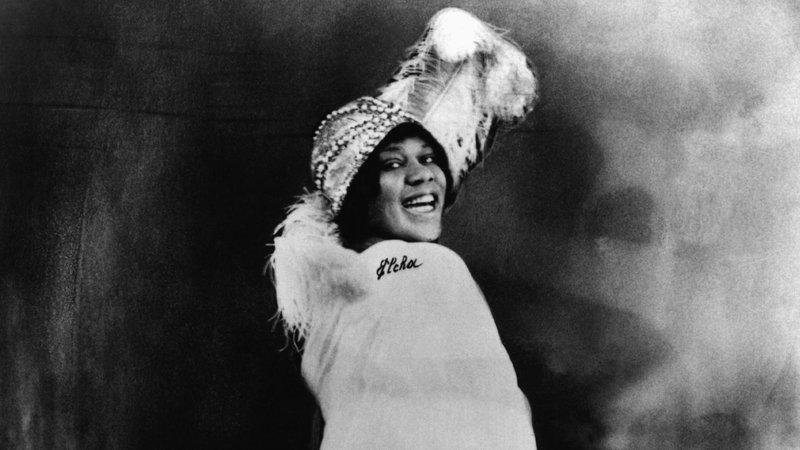
Another obscure artist was Ed Andrews. Similarly, little is known about him. He recorded with the Okeh label as well during a field recording trip in late March 1924, in Atlanta, Georgia. Recording just two sides, one of them being Barrel House Blues, he never recorded again. Notably, he played on a 12 string guitar.
Then fortunately, the pipe began to flow with great artists recording.
A flow of many recorded artists after 1925
In 1925 &1926, Blind Lemon Jefferson, Bo Weavil Jackson, Blind Blake, Freddie Spruell, and Peg Leg Howell recorded.
In 1927, Blind Willie McTell, Barbecue Bob, Frank Stokes, and the Memphis Jug Band.
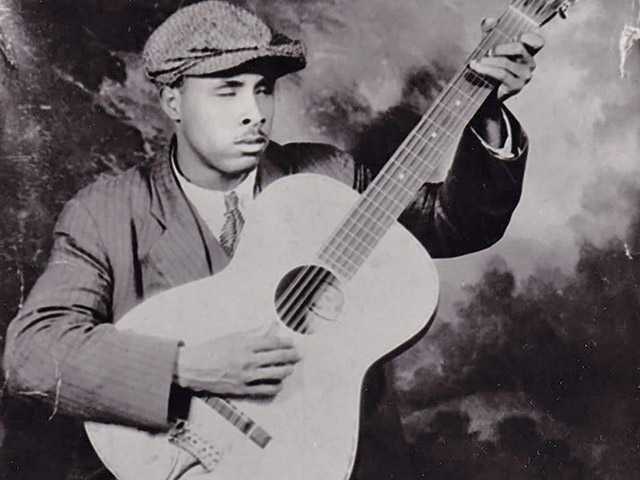
1928, Tommy Johnson, Robert Wilkins, Cannon’s Jug Stompers, Leroy Carr, Scrapper Blackwell, and Pinetop Smith (who also recorded the first song mentioning boogie woogie outright).
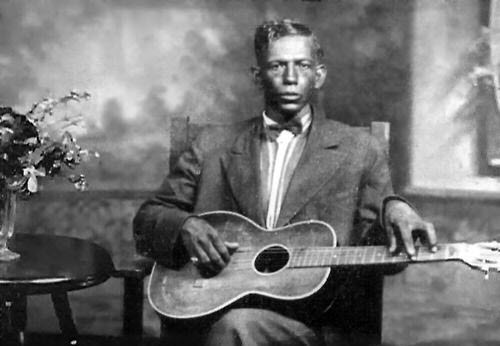
Finally in 1929, Charley Patton recorded, and so did Hambone Willie Newbern (who’s Roll & Tumble Blues inspired Robert Johnson’s Travelling Riverside Blues guitar riff).
In 1930, Son House and Bukka White recorded. In 1933, Lead Belly recorded his first Library of Congress recordings. 1935 was the entrance year for Blind Boy Fuller, Reverend Gary Davis, and Big Bill Broonzy, among others. Of course, in 1936, Robert Johnson recorded his iconic works.
All in all…
Thus, the timeline of first blues singers traces a winding path, touching upon many great, recognizable names of the music. The first blues singer is impossible to identify; though, the first recorded blues singer (and categorizing the word “blues” as the real blues which is recognized today) would probably go to Sylvester Weaver or Papa Charlie Jackson. Of course, many of these names, such as Ma Rainey, Lead Belly, and Charley Patton, were singing blues long before they were finally recorded. The history is rich, and there are probably many more hidden doorways along this timeline which remain mysteries.